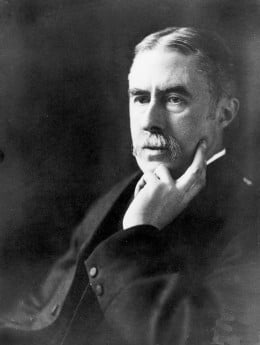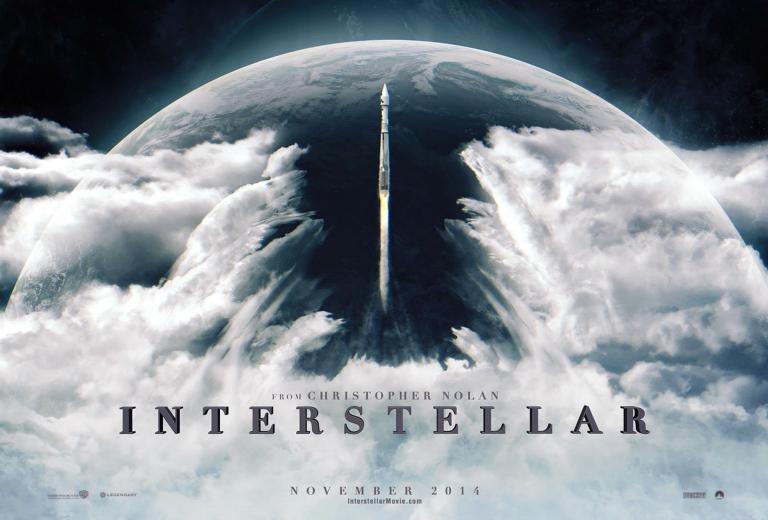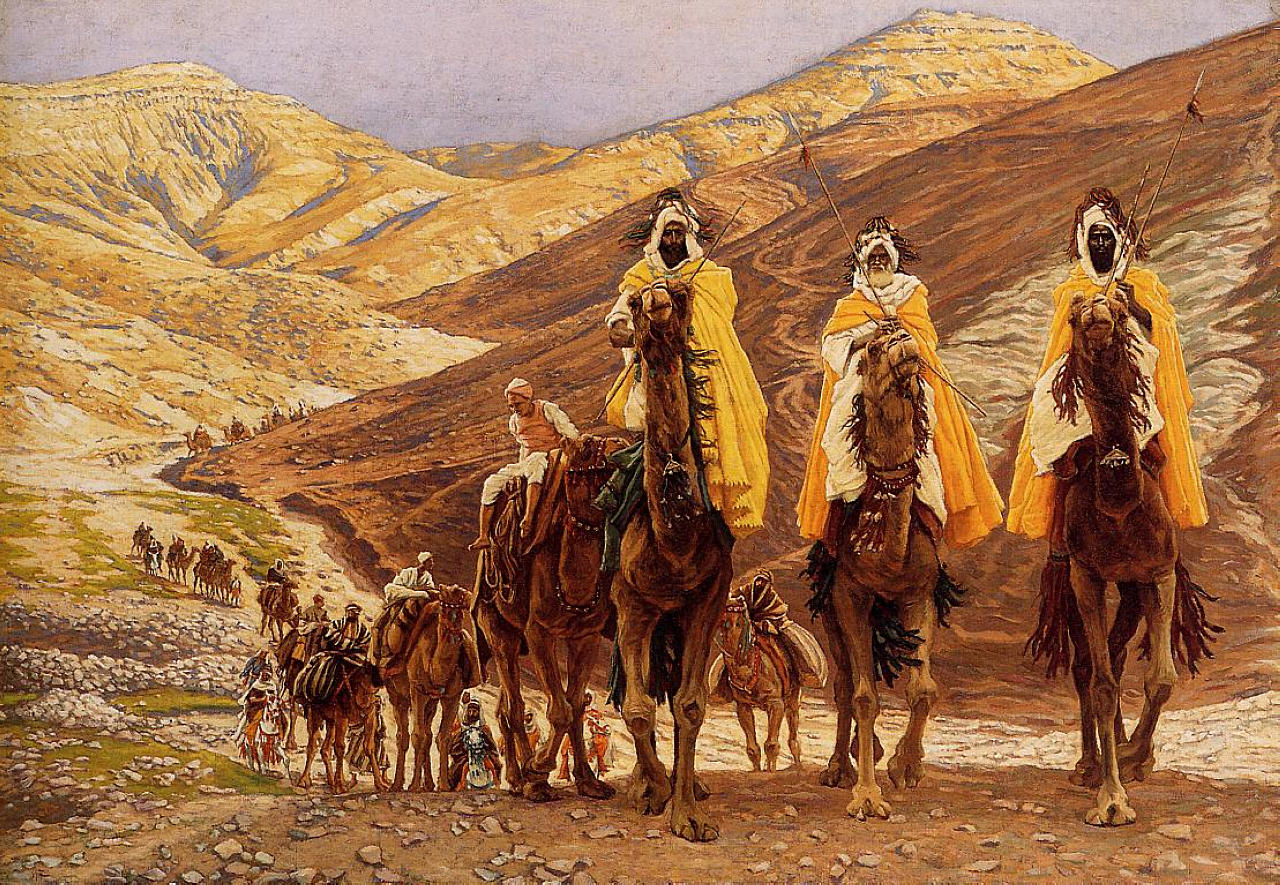A.E.Housman (1859-1936).

Alfred Edward Housman (/ˈhaʊsmən/; 26 March 1859 – 30 April 1936), usually known as A. E. Housman, was an English classical scholar and poet, best known to the general public for his cycle of poems A Shropshire Lad. Lyrical and almost epigrammatic in form, the poems wistfully evoke the dooms and disappointments of youth in the English countryside.[1] Their beauty, simplicity and distinctive imagery appealed strongly to late Victorian and Edwardian taste, and to many early 20th-century English composers both before and after the First World War. Through their song-settings, the poems became closely associated with that era, and with Shropshire itself.
A.Shropshire Lad.

A Shropshire Lad is a collection of sixty-three poems by the English poet Alfred Edward Housman (26 March 1859 – 30 April 1936). Some of the better-known poems in the book are "To an Athlete Dying Young", "Loveliest of Trees, the Cherry Now", "The Lent Lily" and "When I Was One-and-Twenty".
The collection was published in 1896. Housman originally titled the book The Poems of Terence Hearsay, referring to a character there, but changed the title at the suggestion of his publisher.
When I was one and twenty.

When I Was One-and-Twenty, or Poem XIII, is the informal name of an untitled poem by A. E. Housman, published in A Shropshire Lad in 1896. It is the thirteenth in a cycle of 63 poems. One of Housman's most familiar poems, it is untitled but often anthologised under a title taken from its first line. The Oxford Dictionary of Quotations includes fourteen of its sixteen lines. Housman's New York Times obituary mentioned the poem: "Typical of his lyrics is the poem which has thrilled the world where English is spoken."[1] Its subject matter, "then and now" temporal perspective, meter, and narrative structure within each verse parallel those of William Butler Yeats' Down by the Salley Gardens, itself a reworking of The Rambling Boys of Pleasure.
Edgar Allan Poe.

Edgar Allan Poe (/poʊ/; born Edgar Poe; January 19, 1809 – October 7, 1849) was an American writer, editor, and literary critic. Poe is best known for his poetry and short stories, particularly his tales of mystery and the macabre. He is widely regarded as a central figure of Romanticism in the United States and American literature as a whole, and he was one of the country's earliest practitioners of the short story. Poe is generally considered the inventor of the detective fiction genre and is further credited with contributing to the emerging genre of science fiction.[1] He was the first well-known American writer to try to earn a living through writing alone, resulting in a financially difficult life and career.
The Raven.
.
"The Raven" is a narrative poem by American writer Edgar Allan Poe. First published in January 1845, the poem is often noted for its musicality, stylized language, and supernatural atmosphere. It tells of a talking raven's mysterious visit to a distraught lover, tracing the man's slow fall into madness. The lover, often identified as being a student,[1][2] is lamenting the loss of his love, Lenore. Sitting on a bust of Pallas, the raven seems to further instigate his distress with its constant repetition of the word "Nevermore". The poem makes use of a number of folk, mythological, religious, and classical references.
The Philosophy of Composition.

"The Philosophy of Composition" is an 1846 essay written by American writer Edgar Allan Poe that elucidates a theory about how good writers write when they write well. He concludes that length, "unity of effect" and a logical method are important considerations for good writing. He also makes the assertion that "the death... of a beautiful woman" is "unquestionably the most poetical topic in the world". Poe uses the composition of his own poem "The Raven" as an example. The essay first appeared in the April 1846 issue of Graham's Magazine. It is uncertain if it is an authentic portrayal of Poe's own method.
Interstellar.

Interstellar is a 2014 epic science fiction film co-written, co-produced and directed by Christopher Nolan. The film stars Matthew McConaughey, Anne Hathaway, Jessica Chastain, Matt Damon, and Michael Caine. In the film, a crew of astronauts travel through a wormhole in search of a new home for humanity. Brothers Christopher and Jonathan Nolan wrote the screenplay, which has its origins in a script Jonathan developed in 2007. Nolan produced the film with his wife Emma Thomas through their production company Syncopy and with Lynda Obst through Lynda Obst Productions. Caltech theoretical physicist Kip Thorne, whose work inspired the film, was an executive producer and acted as scientific consultant. Later, he also wrote a tie-in book, The Science of Interstellar. Warner Bros., Paramount Pictures, and Legendary Pictures co-financed the film.
Dylan Thomas.

Dylan Marlais Thomas (27 October 1914 – 9 November 1953) was a Welsh poet and writer whose works include the poems "Do not go gentle into that good night" and "And death shall have no dominion"; the 'play for voices' Under Milk Wood; and stories and radio broadcasts such as A Child's Christmas in Wales and Portrait of the Artist as a Young Dog. He became widely popular in his lifetime and remained so after his premature death at the age of 39 in New York City. By then he had acquired a reputation, which he had encouraged, as a "roistering, drunken and doomed poet".
Do not gentle into that good night.

"Do not go gentle into that good night" is a poem in the form of a villanelle, and the most famous work of Welsh poet Dylan Thomas (1914–1953).[1] Though first published in the journal Botteghe Oscure in 1951,[2] it was actually written in 1947 when he was in Florence with his family. It was published, along with other stories previously written, as part of his In Country Sleep, And Other Poems in 1952.[1]
It has been suggested that it was written for Thomas' dying father, although he did not die until just before Christmas 1952.[3] It has no title other than its first line, "Do not go gentle into that good night", a line which appears as a refrain throughout. Its other refrain is "Rage, rage against the dying of the light".
T. S. Eliot.

Thomas Stearns Eliot OM (26 September 1888 – 4 January 1965) was a British essayist, publisher, playwright, literary and social critic, and "one of the twentieth century's major poets".[2] He moved from his native United States to England in 1914 at the age of 25, settling, working, and marrying there. He was eventually naturalised as a British subject in 1927 at the age of 39, renouncing his American citizenship.
Journey of the magi.

Journey of the Magi is a 43-line poem written in 1927 by T. S. Eliot (1888–1965). It is one of five poems that Eliot contributed for a series of 38 pamphlets by several authors collectively titled Ariel poems and released by British publishing house Faber and Gwyer (later, Faber and Faber). Published in August 1927, "Journey of the Magi" was the eighth in the series and was accompanied by illustrations drawn by American-born avant garde artist Edward McKnight Kauffer (1890–1954).[1] The poems, including "Journey of the Magi", were later published in both editions of Eliot's collected poems in 1936 and 1963.
What Child is this with lyrics .
Vocabulary.
1. Apostrophe.

Definition:
the punctuation mark ' used to indicate the omission of a letter or number, such as he's for he has or he is, also used in English to form the possessive, as in John's father and twentypounds' worth
2. Myrrh.

Definition:
1. any of several burseraceous trees and shrubs of the African and S Asian genus Commiphora, esp C. myrrha, that exude an aromatic resin.
Example Sentences:
沒有留言:
張貼留言